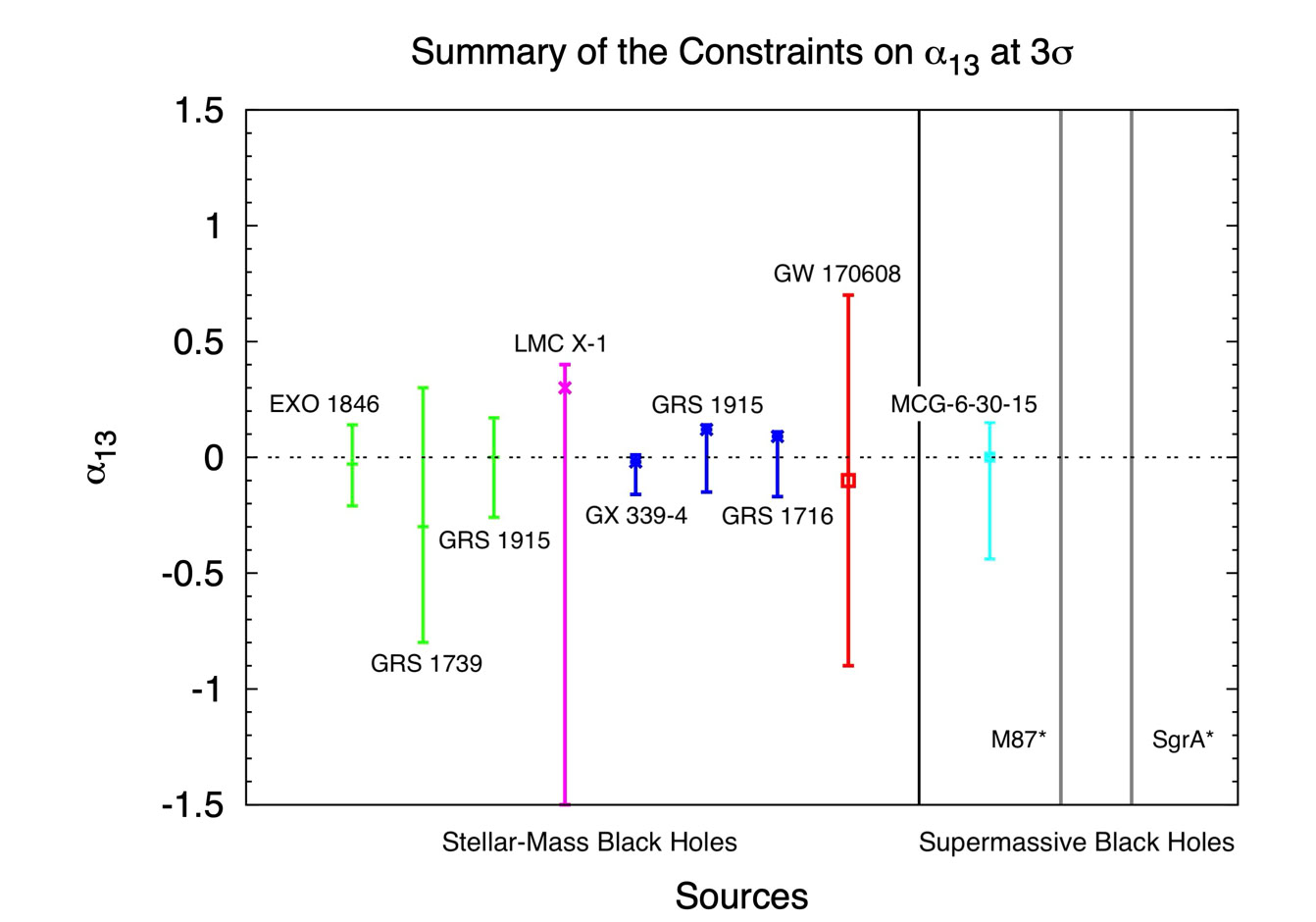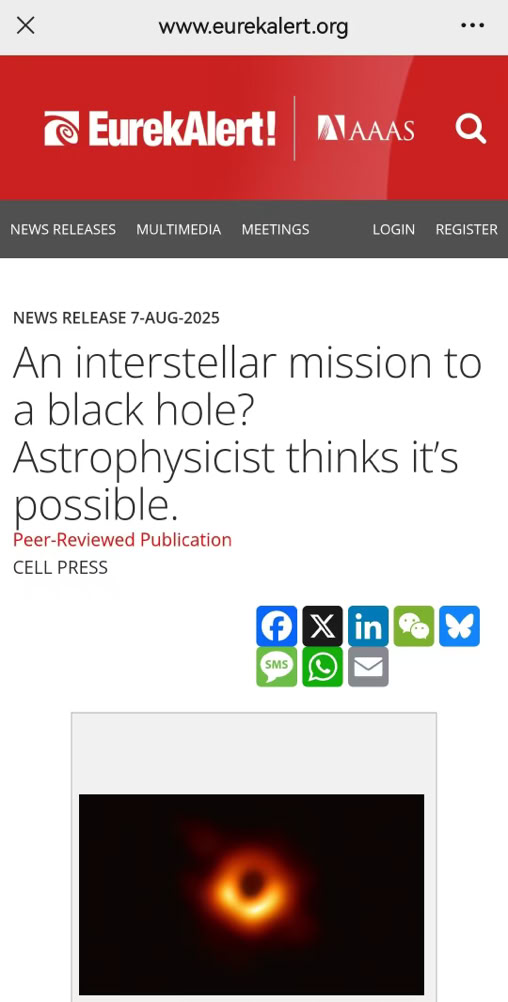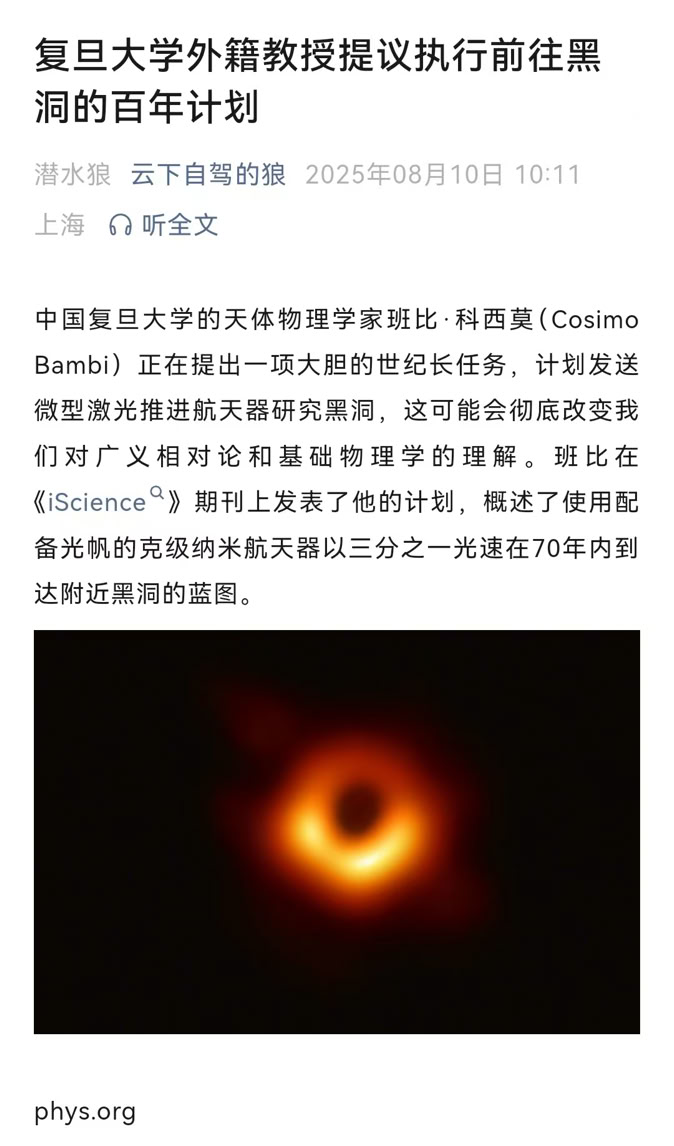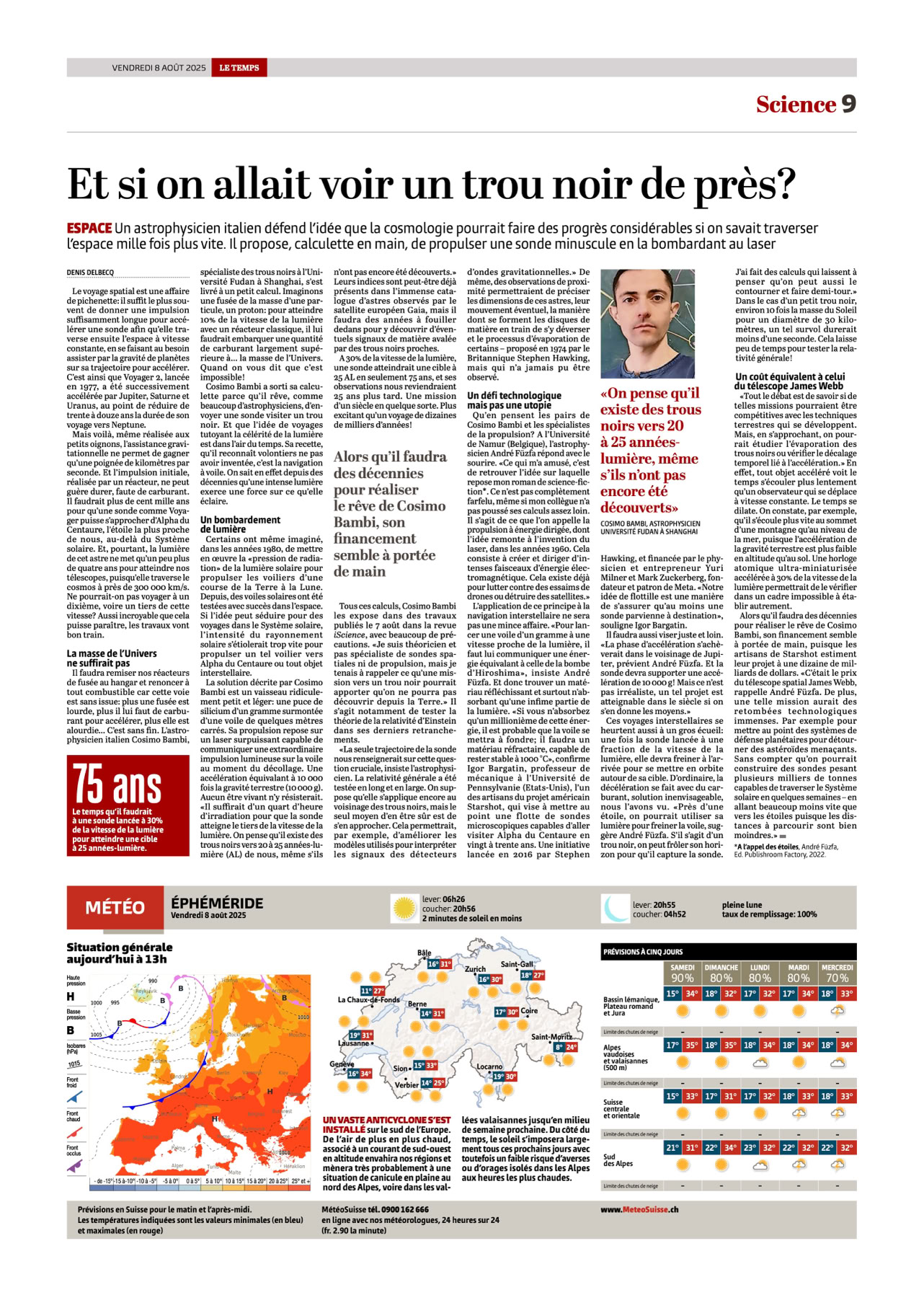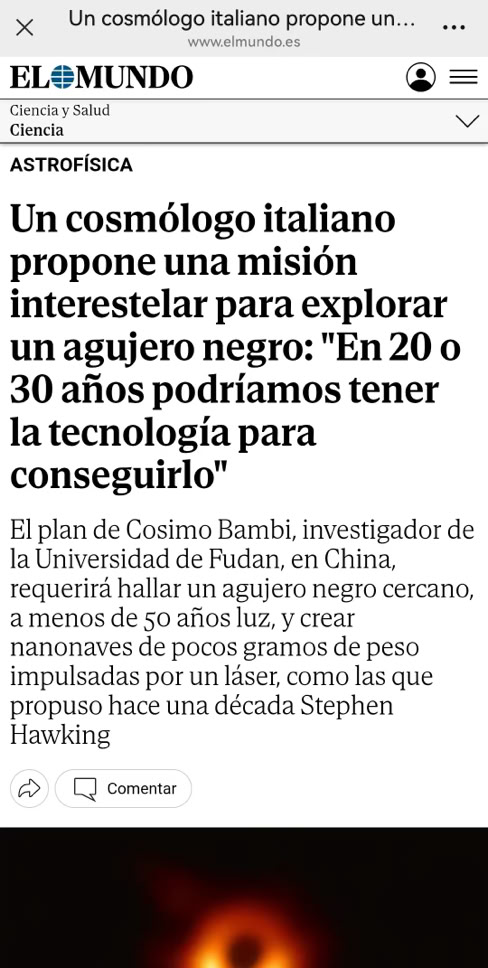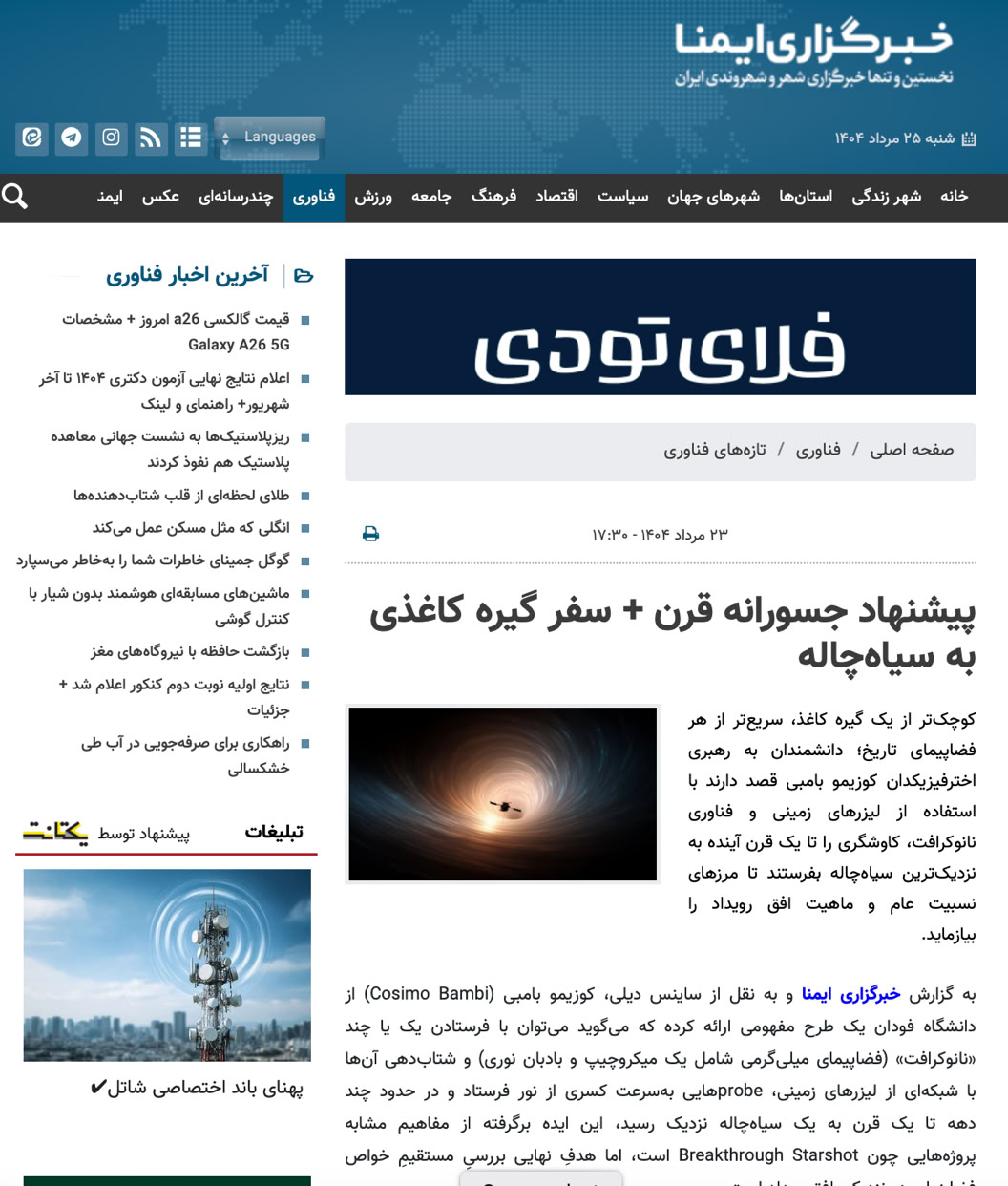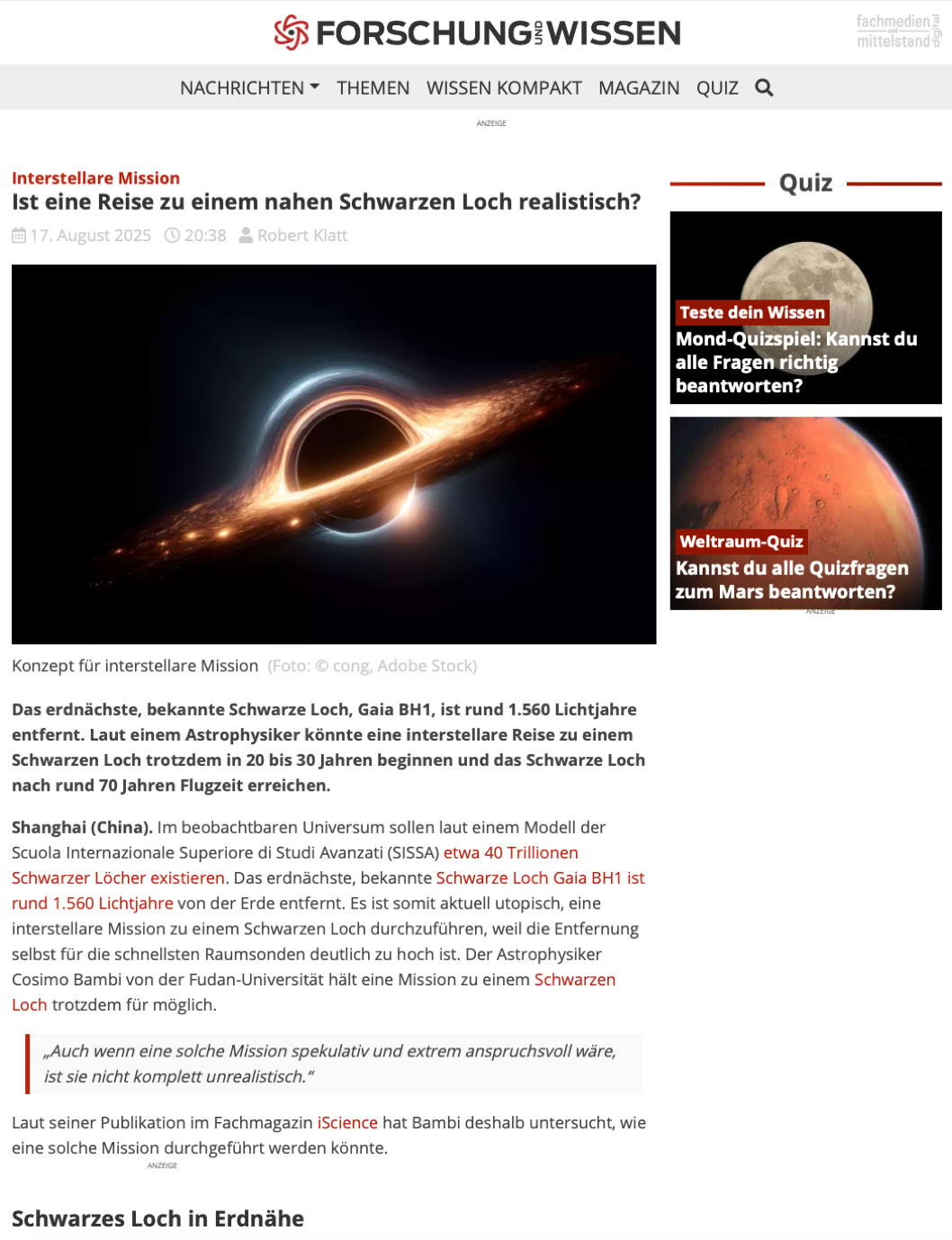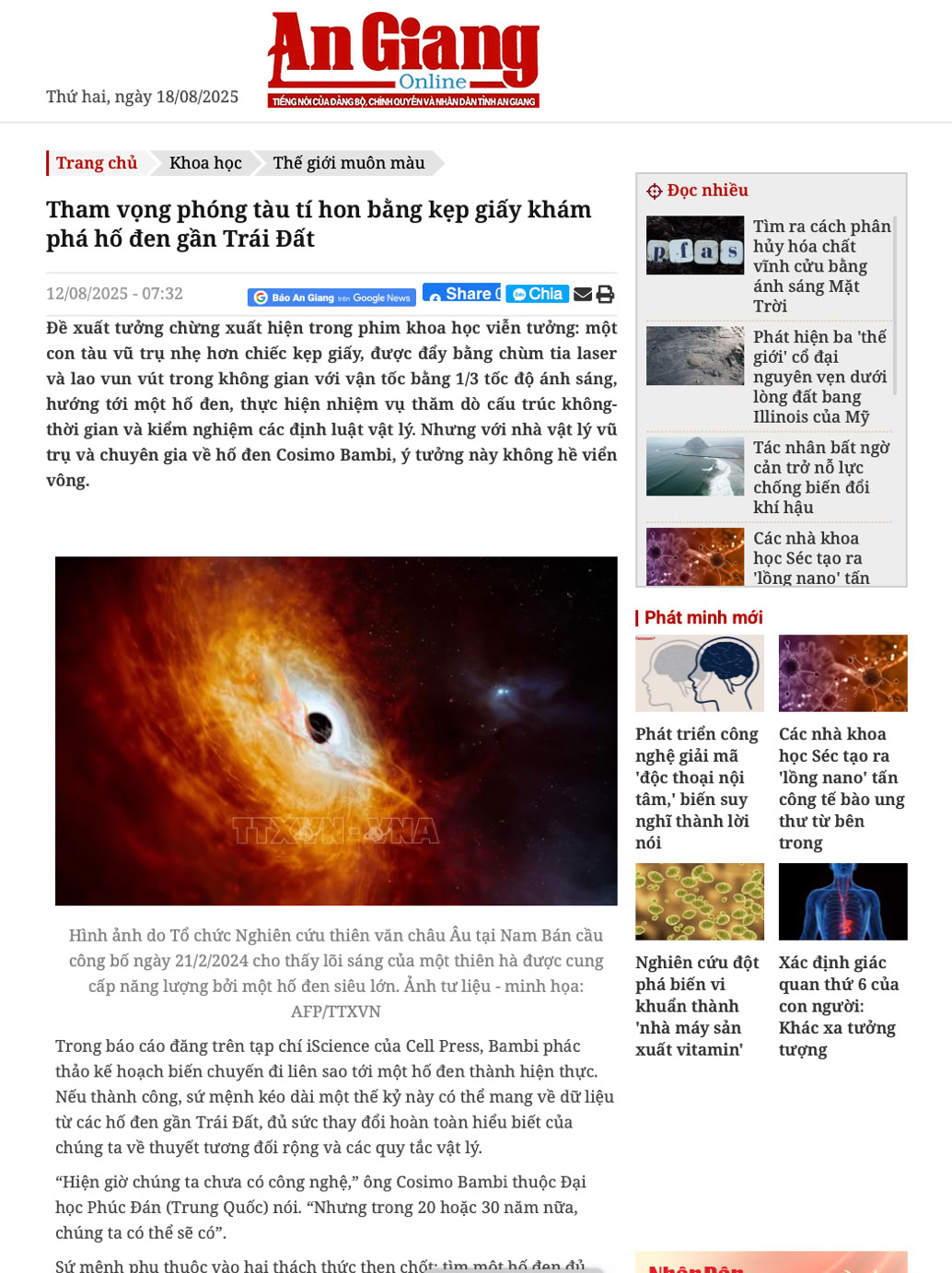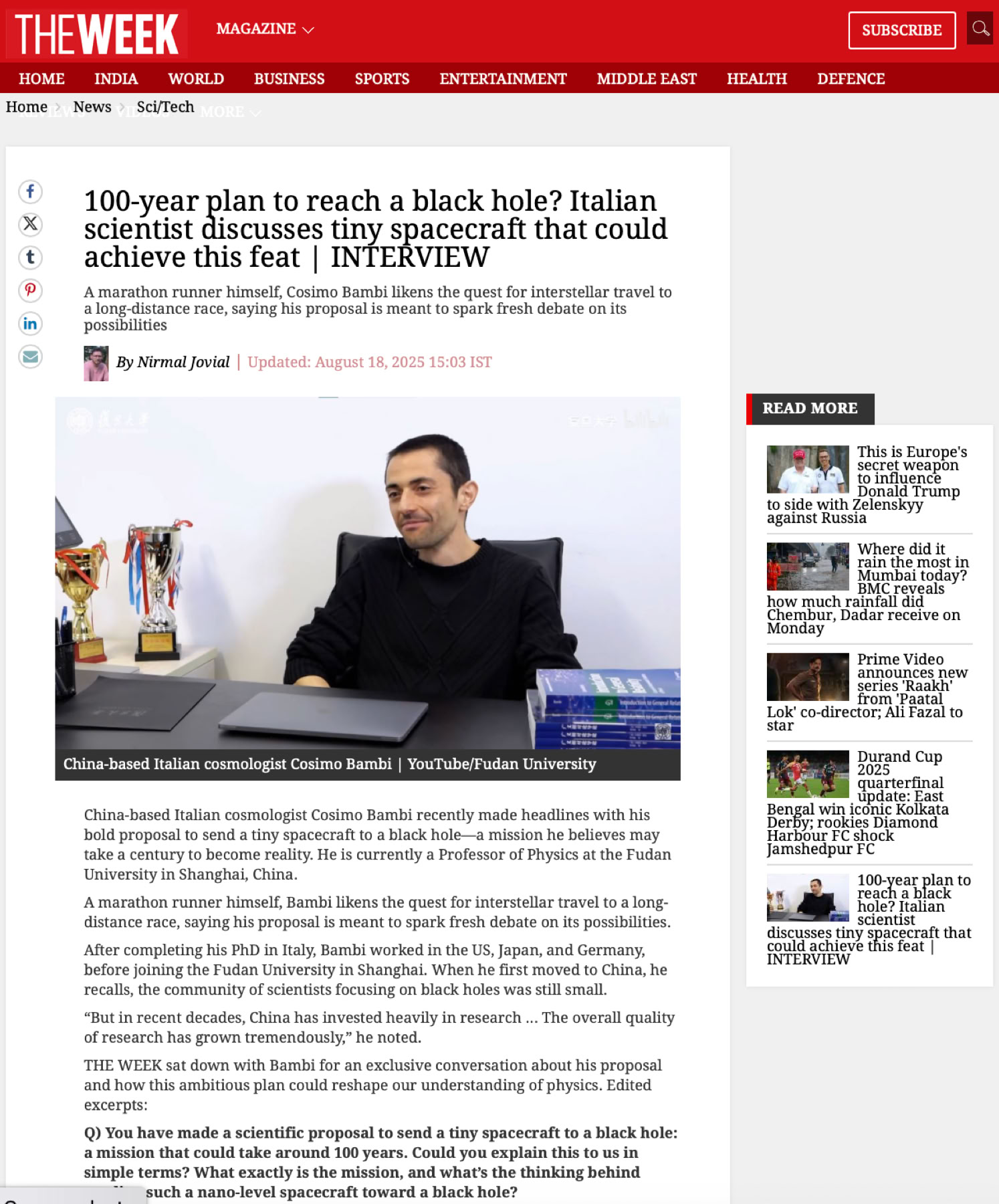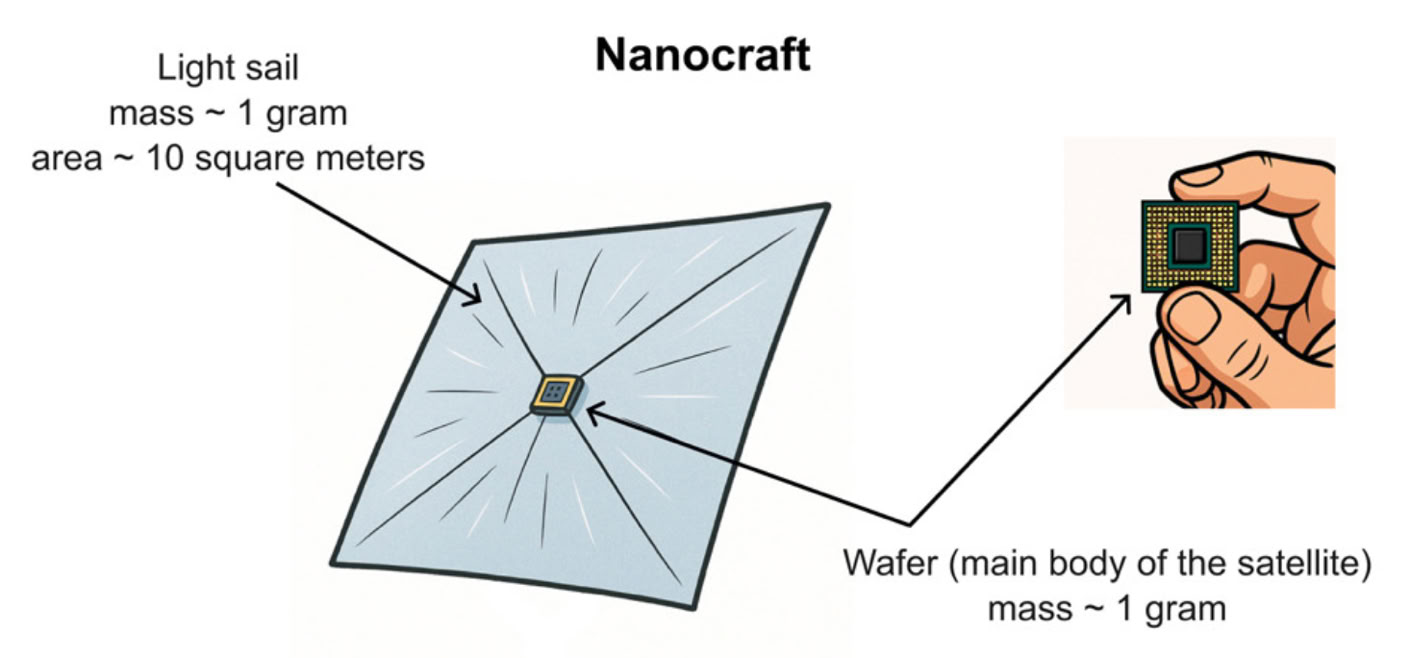Research
Studying Black Holes with X-Ray Observations
We are interested in the astrophysical system shown in the cartoon below. The black hole can be either a stellar-mass black hole in an X-ray binary or a supermassive black hole in an active galactic nucleus. The crucial ingredient is that the black hole is accreting from a cold, geometrically-thin, and opticaly-thick disk. The thermal spectrum of the disk is normally peaked in the soft X-ray band (0.1-10 keV) in the case of stellar-mass black holes in X-ray binaries and in the UV band (1-100 eV) in the case of supermassive black holes in active galactic nuclei. The corona is some hot plasma (~100 keV) near the black hole and the inner part of the accretion disk. The corona may be the atmosphere above the accretion disk, the base of a jet, the material in the plunging region between the inner edge of the disk and the black hole, etc. Since the disk is "cold" and the corona is "hot", thermal photons from the disk can inverse Compton scatter off free electrons in the corona. A fraction of the Comptonized photons can illuminate the accretion disk: here we have Compton scattering and absorption followed by fluorescent emission, and they produce the reflection spectrum.
The reflection spectrum in the rest-frame of the material of the disk is characterized by narrow fluorescent emission lines in the soft X-ray band and a Compton hump with a peak around 20-40 keV. The reflection spectrum of the whole disk as detected far from the source is blurred due to relativistic effects (gravitational redshift and Doppler boosting). In the presence of high-quality data, the analysis of these relativistically blurred reflection features is a powerful tool to study the morphology of the accretion flow around black holes, measure black hole spins, and test Einstein's theory of General Relativity in the strong field regime.
We work both on the development of advanced astrophysical models for X-ray data analysis and on X-ray data analysis. We are developing a new generation of X-ray models with machine learning techniques for precision measurements of accreting black holes. We analyze X-ray data of black holes from X-ray missions such as NuSTAR, NICER, Insight-HXMT, XMM-Newton, RXTE, IXPE, etc.
With our models relxill_nk and nkbb, we have tested the nature of astrophysical black holes. Our X-ray tests are somewhat more stringent than current gravitational wave tests and significantly more stringent than current tests from black hole imaging (see plot below, where our best constraints are reported in blue and are inferred by combining the analyses with relxill_nk and nkbb)
An Interstellar Mission to the Closest Black Hole
We estimate that in our Galaxy there are between one hundred million and one billion black holes formed from the gravitational collapse of heavy stars and the closest black hole may be at 20-40 light years from the Solar System. We proposed an interstellar mission with a nanocraft to reach the closest black hole and perform precise and accurate tests of General Relativity in the strong field regime (Bambi, iScience, 28, 113142, 2025).
A nanocraft is a gram-scale spacecraft comprising two main parts: a gram-scale wafer and a light sail (see figure below). The gram-scale wafer is the main body of the spacecraft and constitutes a fully functional space probe with a computer processor, solar panels, navigation and communication equipment, etc. The light sail is an extremely thin, meter-scale, dielectric metamaterial. Ground-based high-power lasers can accelerate the nanocraft by pushing the light sail with their beams. With this method, the nanocraft can reach a velocity of some fractions of the speed of light. If the black hole is at 20 light years from the Solar System and the nanocraft can travel at 1/3 of the speed of light, the nanocraft can reach the black hole in 60 years, run a number of scientific experiments, and send all data to us. The mission would last around 80 years, but we would be able to obtain very valuable information about black holes and General Relativity that might be difficult to obtain in other ways.
We want to find a black hole within 20-40 light years of the Solar System and study how we can make the idea of an interstellar mission with a nanocraft to this black hole possible.
Press coverage:
